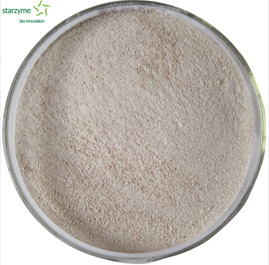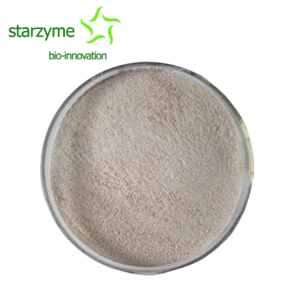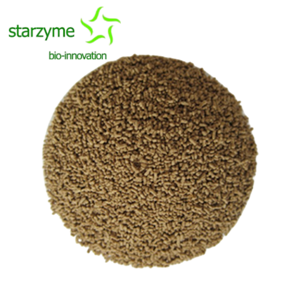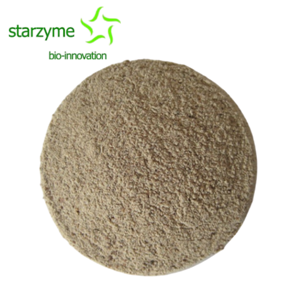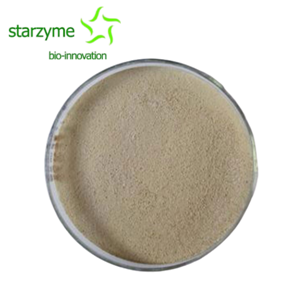Characteristics of Bacillus & Its Application in Poultry (Part 1)
Characteristics of Bacillus subtilis
Main Characteristics
Promote digestion and absorption: By secreting digestive enzymes, animals can better digest feed and increase nutrient absorption rate.
Enhance immunity: By regulating the gut microbiota, the animal's immune system is strengthened and the incidence of diseases is reduced.
Improving intestinal health: Inhibiting the growth of harmful bacteria, maintaining the balance of intestinal microbiota, and reducing digestive problems such as diarrhea.
Application steps
1. Choose the appropriate product
There are various products on the market containing Bacillus subtilis, including powders, granules, and liquids. The selection should be based on the animal species, feeding method, and specific needs. For example, different animals such as poultry, pigs, and cows may have different adaptations to product forms.
2. Determine the application amount
Determine the appropriate dosage based on the product manual and factors such as animal weight and age. Generally speaking, the amount of Bacillus subtilis added is 1-5 kilograms per ton of feed, which can be adjusted according to the concentration of the product and the needs of the animals.
3. Prepare feed
If powder or granules are used, they can be directly mixed into the feed. For liquid agents, they can be diluted before being added to the feed. Ensure even mixing so that each animal can obtain sufficient amounts of Bacillus subtilis.
4. Application method
Directly added to feed: During daily feeding, add Bacillus subtilis directly to the feed to ensure that animals can consume it every time they eat.
Add to drinking water: For animals such as poultry and pigs, Bacillus subtilis can be dissolved in drinking water to ensure that animals consume it while drinking.
Add to premix: When making premix, mix Bacillus subtilis with other nutrients to ensure even intake by animals during feeding.
5. Application frequency
The frequency of application of Bacillus subtilis should be adjusted according to the growth stage and health status of the animals. It is generally recommended to apply it regularly during critical periods such as the early stages of animal growth, stress periods (such as conversion, vaccination), and disease recovery periods to achieve optimal results.
6. Observe animal reactions
After applying Bacillus subtilis, the health status and growth performance of animals should be regularly observed. Pay attention to observing indicators such as animal appetite, weight gain, and fecal condition. If any abnormalities are found, the administration strategy should be adjusted in a timely manner or a veterinarian should be consulted.

